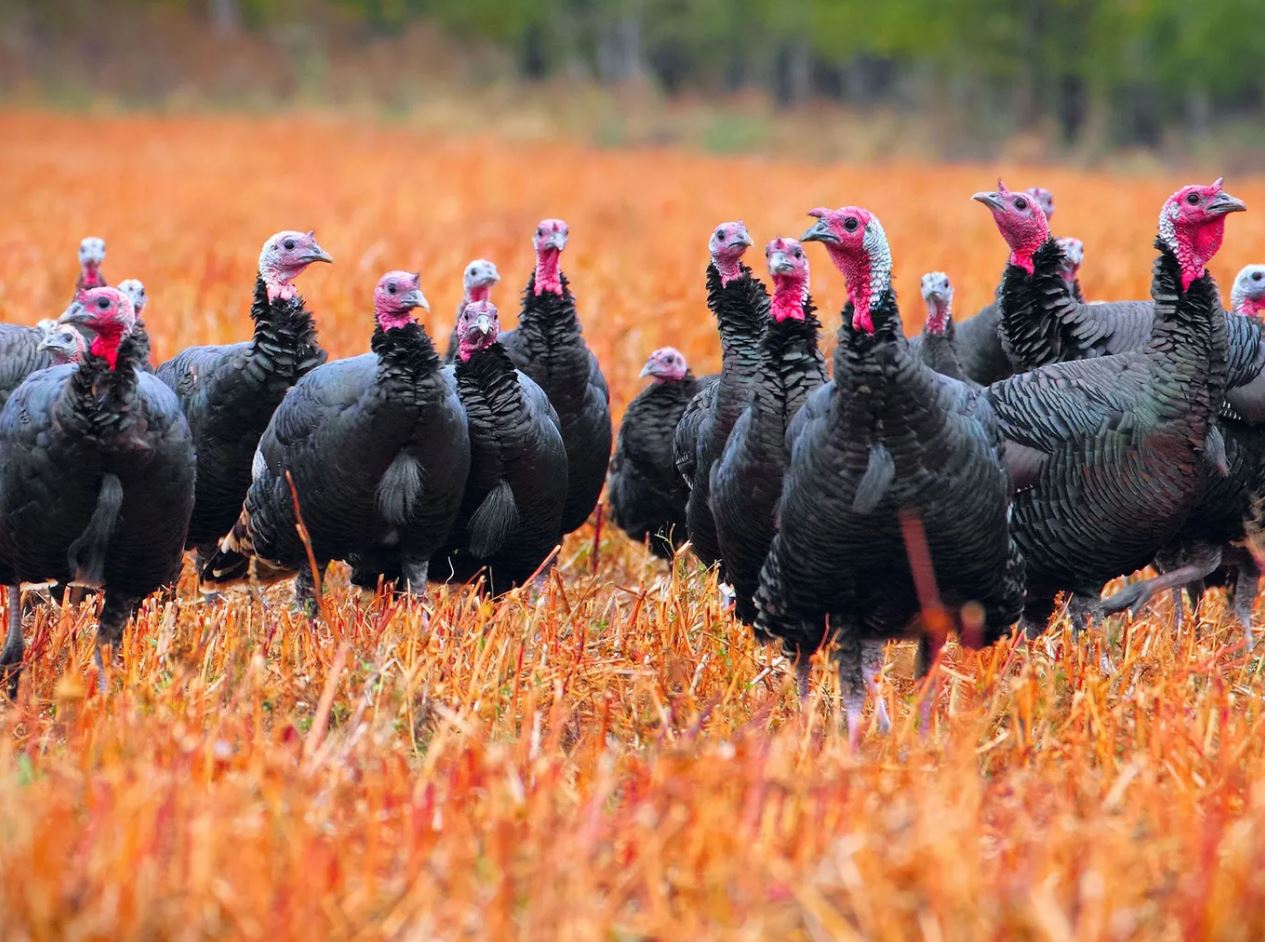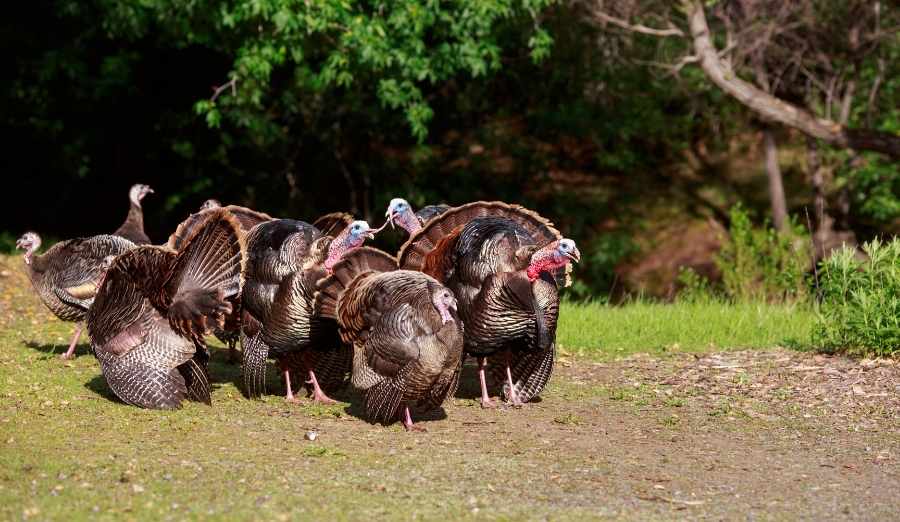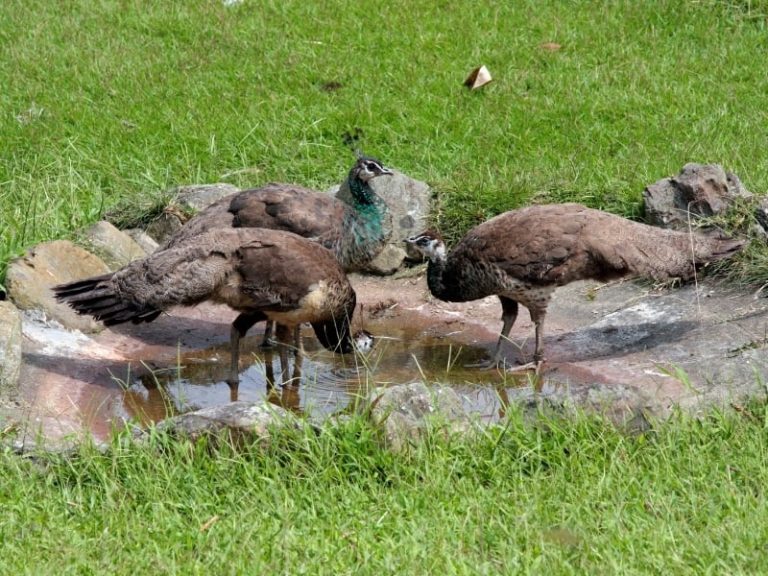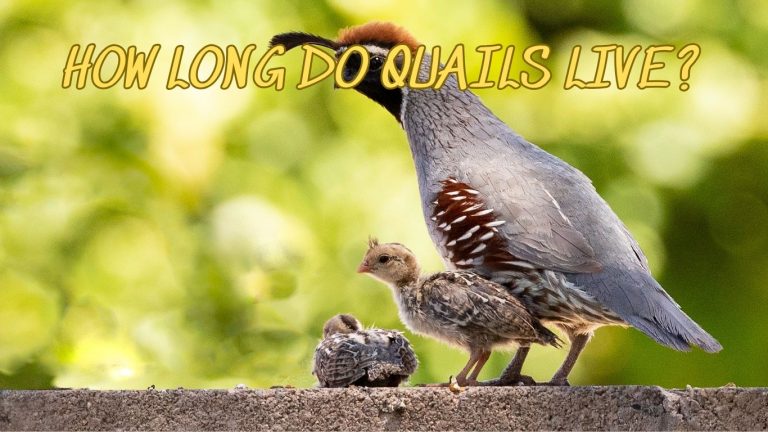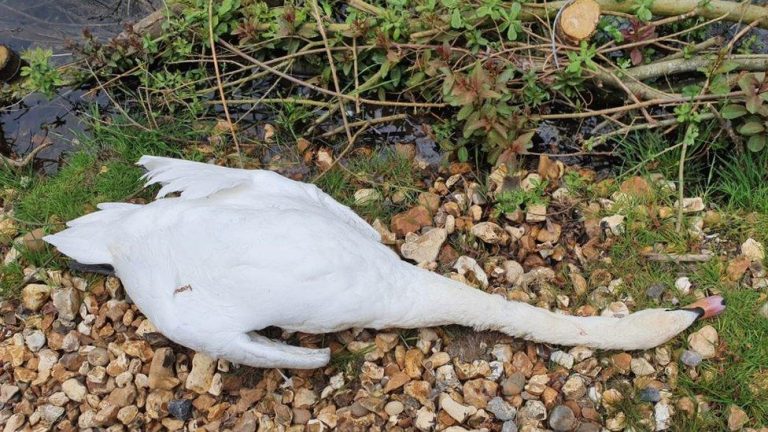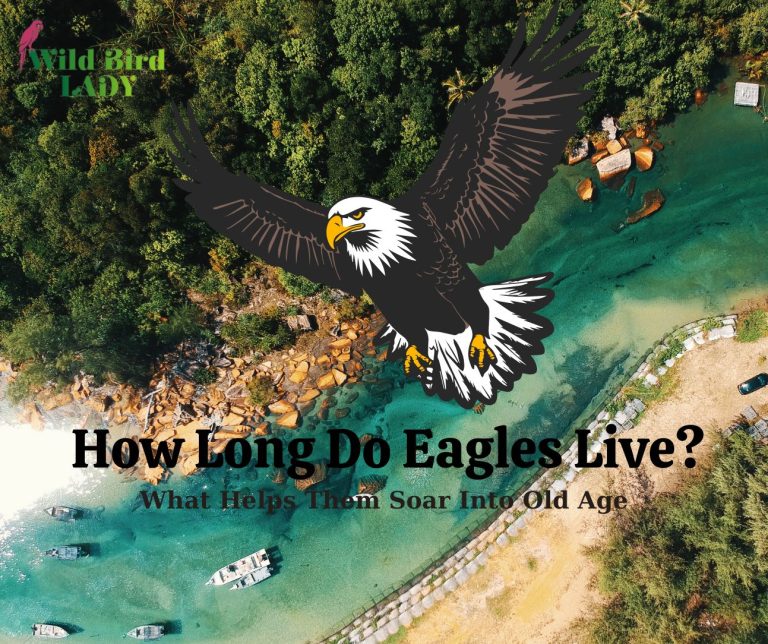What Is a Group of Turkeys Called? The Surprising Term You’ve Never Heard Of!
If you’ve ever stumbled across a bunch of turkeys waddling through the woods or crossing a field together, you might have asked yourself: “What is a group of turkeys called?” Most people might guess “a flock,” and while that’s not entirely wrong, there’s a far more surprising—and far less known—term for it.
In this comprehensive guide, we’ll explore not only the real name for a group of turkeys, but also uncover the unique behavior of these birds, how they organize socially, and even dive into what a baby turkey is called. Whether you’re a bird enthusiast, a trivia buff, or just stumbled here out of curiosity, prepare to have your gobbles blown.
What Is a Group of Turkeys Called?
Let’s get straight to the answer that brought you here.
👉 A group of turkeys is officially called a rafter.
Yes, you read that right—a rafter of turkeys. While it might sound like a construction term (and indeed it is), in the world of birds, it refers specifically to turkeys moving together as a social unit.
Why “Rafter”? The Origin of the Term
The term “rafter” dates back centuries and likely originated from the Old English word for beams or grouped lines. Over time, as early naturalists and hunters observed turkeys roosting in lines on tree branches—just like rafters in a building—the term was applied to describe the way they congregated.
While the word is rarely used in modern speech outside of ornithology and hunting circles, it remains the correct collective noun according to sources like the Oxford English Dictionary and Merriam-Webster.
Is It Ever Called a “Flock” of Turkeys?
This brings us to a common question: What is a flock of turkeys called? Isn’t that also correct?
Technically, yes. “Flock” is a more general term used for groups of birds, and it’s perfectly acceptable to say “a flock of turkeys” in casual conversation. But if you want to be precise—or impress someone at your next trivia night—“rafter” is the specific term for a group of turkeys.
🦃 So in summary:
- ✅ “Rafter” = specific and correct
- ✅ “Flock” = general and widely accepted
- ❌ “Gaggle” or “murder” = wrong birds (those belong to geese and crows)
Different Names for Turkeys in Groups
Depending on the context, turkeys may also be referred to differently:
| Group Context | Term |
|---|---|
| In general | Rafter |
| In flight | Flock (rare) |
| During roosting | Rafter or flock |
| With babies | Brood |
| All-female group | Hen party (colloquial) |
What Is a Baby Turkey Called?
While we’re exploring turkey terminology, you might also be wondering:
“What is a baby turkey called?”
👉 A baby turkey is called a poult.
Poults are young turkeys, typically under 4–5 weeks of age, before they start growing their juvenile feathers. Once they mature, they’re referred to by gender:
- Young female turkey: Jenny
- Young male turkey: Jake
- Adult female: Hen
- Adult male: Tom (or gobbler)
So now you know: when you see a mama turkey walking with her babies, that’s a hen with her poults, and together they may form a brood.
Social Structure of a Turkey Group (Rafter)
Turkeys are surprisingly social creatures. Their groups are not just random clusters—they’re built on hierarchies and kinship.
Dominance Hierarchies
Within a rafter, turkeys establish pecking orders. Males (toms) often compete for dominance during the breeding season by displaying, strutting, and even engaging in combat.
Female turkeys also form dominance ranks, though less aggressively than males.
Family Units
Hens usually raise their poults alone, forming small broods in the spring and summer. These broods can join other hens and poults, forming larger maternal rafts.
By fall and winter, turkeys form larger mixed-sex groups—sometimes with dozens of individuals—for better foraging and predator protection.
Fun Facts About Turkey Groups
Here are some fascinating facts to gobble up:
- Turkeys Can Recognize Each Other: Wild turkeys can distinguish individuals in their group, which helps maintain social order.
- They Roost Together at Night: Rafters of turkeys sleep in trees to avoid predators.
- Communication Is Key: Turkeys use over 30 vocalizations to communicate, including alarm calls, purrs, clucks, and, of course, gobbles.
- Seasonal Raft Size: In the fall and winter, rafters can grow to 20–50 turkeys or more.
- Cooperative Behavior: Young males (jakes) sometimes assist older toms in mating displays as “wingmen.”
Turkey Group Behavior in the Wild vs. Domestic Settings
Wild Turkeys
Wild turkeys are agile, alert, and organized. They:
- Travel in structured groups
- Coordinate vocal alarms
- Follow daily routines for feeding, roosting, and dust bathing
Their raft behavior plays a vital role in survival, especially in predator-rich habitats.
Domestic Turkeys
Domesticated turkeys (often raised for meat) do not display the same complex social behavior. They tend to be less mobile, and due to selective breeding, they’ve lost many of their wild instincts.
That said, even on farms, turkeys often form social bonds and exhibit mild hierarchy behavior in pens.
Are Male and Female Turkeys in Separate Groups?
Yes, often they are—especially outside the breeding season.
- Male Groups (Bachelor Rafters): Toms and jakes may travel together, establishing a pecking order.
- Female Groups: Hens form family groups with poults and other hens.
- During spring mating, groups mix, and dominance displays peak.
Seasonal Behavior of Turkey Groups
Let’s look at how turkey group behavior changes through the year:
Spring – Nesting Season
- Hens separate to lay and incubate eggs.
- Males gather in visible spots to strut and gobble.
- Rafters are smaller and more fragmented.
Summer – Raising Poults
- Small broods form as hens raise their poults.
- Feeding is constant to support rapid chick growth.
Fall – Reformation of Rafters
- Poults now grown join larger groups.
- Mixed groups are formed for safety and food gathering.
Winter – Large Winter Rafts
- Turkeys come together in large rafts to conserve energy.
- They move as one to feeding grounds and roosting sites.
Why Knowing the Correct Term Matters
You might be wondering, “Does it really matter what a group of turkeys is called?”
Here’s why it does:
- Accuracy in Communication: Especially useful for birders, hunters, and educators.
- Cultural Insight: Language reveals how we’ve historically interacted with wildlife.
- Search Relevance: If you’re writing, teaching, or working in SEO (like this article), using accurate terms improves clarity and authority.
Common Misconceptions About Turkey Groups
❌ “Turkeys Are Dumb”
Turkeys are actually intelligent and alert animals with excellent vision and complex social structures.
❌ “They Travel Alone”
While hens may nest alone, wild turkeys are extremely social and prefer to travel in rafters for safety.
❌ “Only Birds Like Geese or Ducks Fly in Groups”
Turkeys can and do fly (wild ones at least), and they may even fly short distances as a group to roost.
Turkey Groups in Pop Culture and Symbolism
Turkeys are more than just Thanksgiving icons—they hold cultural significance too:
- Ben Franklin’s Favorite: He once suggested the turkey should be America’s national bird instead of the bald eagle.
- Thanksgiving Mythology: While commonly associated with the holiday, wild turkeys weren’t necessarily served at the first feast.
- Symbol of Abundance: In Native American culture, turkeys represent fertility, generosity, and connection to the earth.
Summary: What Is a Group of Turkeys Called?
Let’s wrap things up with a quick recap:
| Question | Answer |
|---|---|
| What is a group of turkeys called? | A rafter |
| Is “flock” correct too? | Yes, but it’s more general |
| What is a baby turkey called? | A poult |
| Do turkeys form social groups? | Absolutely! Complex and seasonal |
| Why should I use “rafter”? | It’s the accurate, specific term |
So next time you’re out for a hike and stumble upon a bunch of gobbling birds, you’ll know you’re witnessing a rafter of turkeys—not just a random crowd of birds!
Final Gobble: Impress Your Friends
Now that you know the answer to “What is a group of turkeys called?”, you’re ready to take on Thanksgiving trivia, nature walks, or your next birdwatching adventure like a pro. Remember—words matter, especially when it comes to understanding the wonderful world of wildlife.
Frequently Asked Questions (FAQ)
What is a group of turkeys called?
A group of turkeys is called a rafter. While “flock” is commonly used, “rafter” is the specific and traditional term for a group of turkeys, especially in the wild.
Is it correct to say “a flock of turkeys”?
Yes, it’s acceptable to say a flock of turkeys, especially in casual conversation. However, if you’re looking for the more precise and traditional term, rafter is the correct collective noun.
Why is it called a “rafter” of turkeys?
The term “rafter” comes from the way wild turkeys often roost in lines on tree branches, similar to the wooden beams or “rafters” in buildings. It has been used historically by hunters and naturalists.
What is a baby turkey called?
A baby turkey is called a poult. Poults are usually under 4–5 weeks old. As they grow older, they’re referred to as jakes (young males) and jennies (young females).
Do turkeys stay in groups all year round?
Not always. Hens isolate during nesting season, but turkeys generally prefer group living for protection. In fall and winter, turkeys often form large rafters for foraging and roosting.
Do domestic turkeys also form rafters?
Domestic turkeys are usually raised in controlled environments and don’t form natural rafters like wild turkeys do. However, they may still show mild social behavior when housed in groups.
How many turkeys are usually in a rafter?
It depends on the season. In fall and winter, a rafter of turkeys can contain 20 to 50 individuals or more. Spring groups are smaller due to nesting behavior.
Can turkeys fly in groups?
Yes, wild turkeys can fly, though only for short distances. They may fly to roost or escape danger. In such cases, small groups may take flight together, especially when startled.

